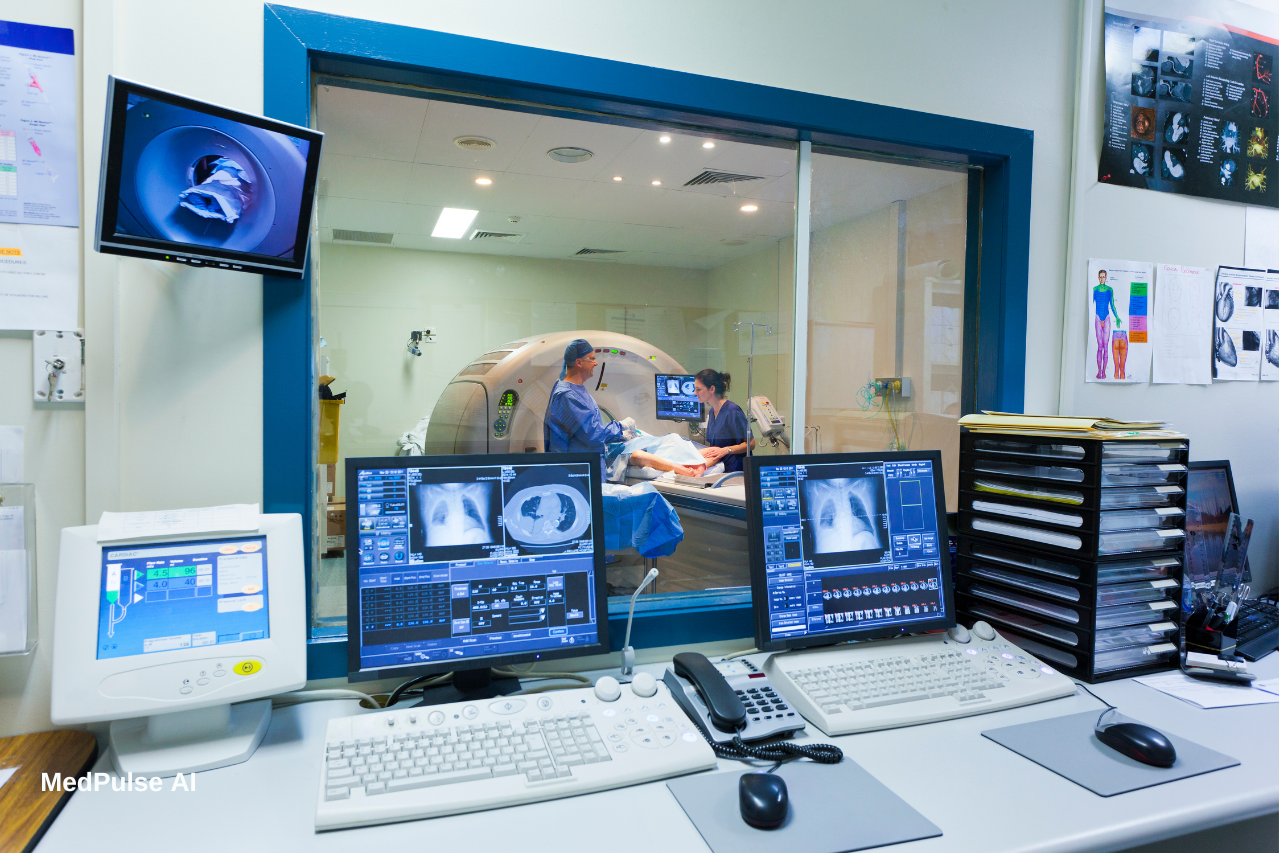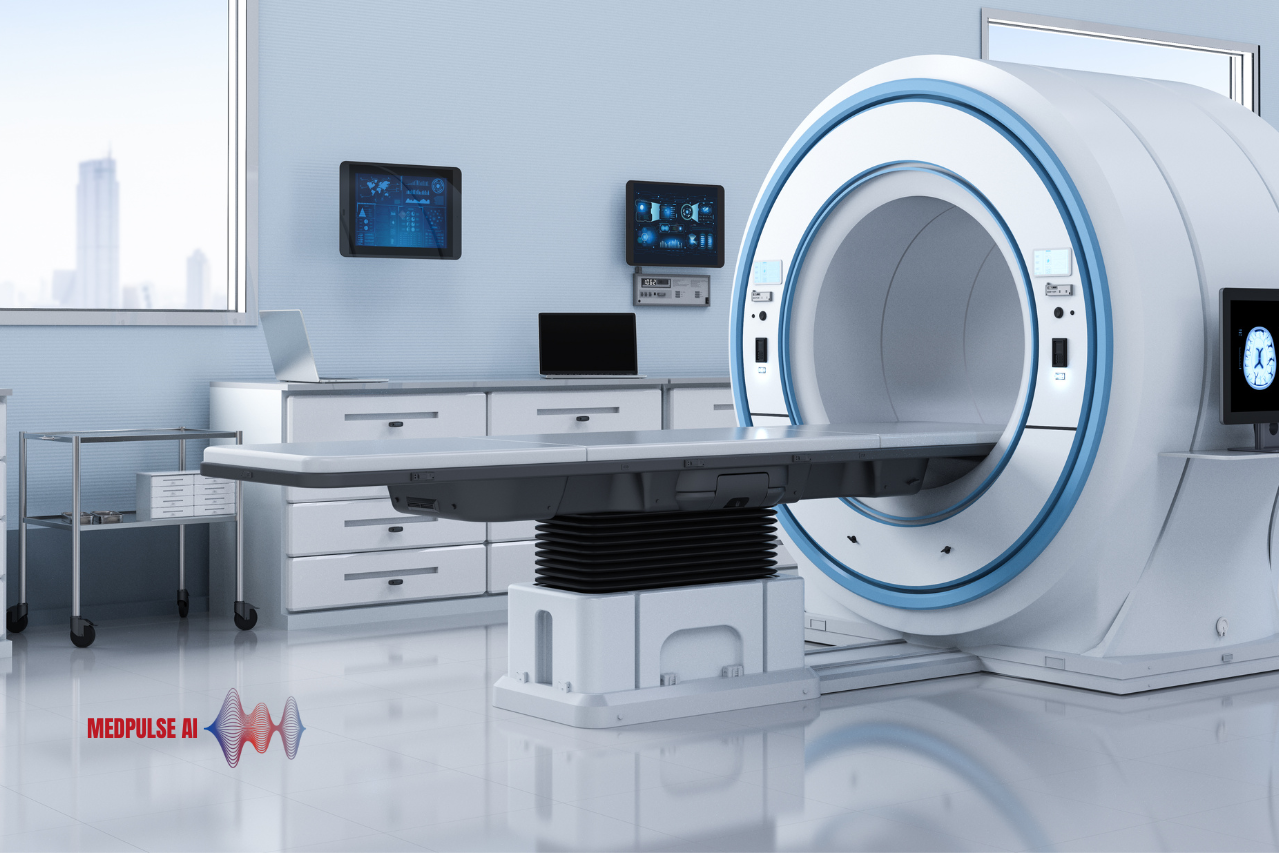Recognizing the need for increased diagnostic confidence and operational efficiency, GE Healthcare has introduced Aurora, an advanced SPECT/CT system with AI-powered capabilities. Announced at the 2024 European Association of Nuclear Medicine (EANM) annual meeting, the Aurora system represents a major leap forward in nuclear medicine, providing healthcare professionals with a more precise and efficient tool for diagnosing complex conditions.
What Is SPECT/CT and Why It Matters
SPECT/CT, or Single Photon Emission Computed Tomography/Computed Tomography, is a hybrid imaging modality that combines two types of scans into a single process. SPECT creates detailed 3D images by detecting gamma rays emitted by a radioactive substance introduced into the patient’s body, while CT generates high-resolution images of the body’s internal structures using X-rays. When combined, SPECT/CT provides clinicians with both functional and anatomical data, offering a comprehensive view of disease progression.
The integration of these two technologies allows physicians to pinpoint abnormalities more precisely and to assess conditions like cancer, cardiovascular diseases, and neurological disorders with greater accuracy. However, as the demand for precise diagnostics increases, there has been a growing need for advanced systems that not only improve imaging quality but also streamline the workflow for healthcare providers. This is where GE Healthcare’s Aurora SPECT/CT comes into play.
Introducing Aurora: AI-Powered Diagnostic Imaging
Aurora is GE Healthcare’s latest innovation in the realm of diagnostic imaging, bringing cutting-edge artificial intelligence (AI) technology to the forefront. With Aurora, GE aims to address two of the most pressing challenges in nuclear medicine: diagnostic confidence and operational efficiency. The system leverages AI to enhance image quality, reduce scan time, and support clinicians in making faster, more confident diagnoses.
Key Features of the Aurora SPECT/CT System
- AI-Powered Imaging Enhancement Aurora’s AI-powered capabilities significantly enhance the clarity and precision of diagnostic images. The system uses advanced algorithms to automatically adjust for variables that might otherwise compromise image quality, such as patient movement or the positioning of the imaging equipment. By reducing noise and improving image resolution, AI ensures that clinicians receive the most accurate and detailed images possible, ultimately leading to better diagnostic outcomes.
- Increased Diagnostic Confidence One of the core goals of the Aurora system is to improve diagnostic confidence. By combining advanced imaging technologies with AI-driven analysis, Aurora allows clinicians to visualize and interpret complex conditions with greater certainty. This is particularly crucial in oncology, where early and accurate detection can significantly impact treatment success.
- Operational Efficiency Aurora is designed not only to enhance diagnostic capabilities but also to improve operational efficiency. Traditional SPECT/CT systems often require multiple imaging sessions or adjustments to capture optimal scans. Aurora’s AI-based tools help automate many of these processes, reducing the need for repeat scans and minimizing patient wait times. By streamlining workflows, Aurora enables healthcare providers to manage higher patient volumes without sacrificing accuracy or care quality.
- Workflow Integration GE Healthcare has equipped the Aurora system with intuitive workflow integration tools that make it easier for healthcare professionals to incorporate the system into their daily operations. The system’s interface is designed to simplify complex imaging tasks, allowing radiologists and nuclear medicine specialists to focus more on patient care and less on managing the technology.
- Patient Comfort and Safety In addition to its AI-driven enhancements, the Aurora SPECT/CT system prioritizes patient comfort and safety. With faster scan times and optimized imaging protocols, the system reduces the amount of time patients spend undergoing procedures, minimizing discomfort and exposure to radiation. This patient-centric approach is particularly important for individuals undergoing repeat imaging as part of long-term treatment plans, such as cancer patients.
Addressing Challenges in Nuclear Medicine
Nuclear medicine has long faced several challenges, including the need for higher image accuracy and faster processing times. Additionally, many traditional SPECT/CT systems can be resource-intensive, requiring significant amounts of time and effort to produce clear, reliable images. With Aurora, GE Healthcare is addressing these issues head-on, providing a solution that not only improves the quality of care but also enhances the overall efficiency of medical imaging departments.
The AI capabilities embedded in Aurora are specifically designed to mitigate the most common challenges encountered in nuclear imaging. By automating time-consuming processes, reducing scan times, and minimizing the need for repeat imaging sessions, Aurora allows healthcare facilities to operate more effectively and treat more patients without compromising diagnostic quality.
Future Perspectives and Impacts of AI in Diagnostic Imaging
The introduction of AI into diagnostic imaging represents a turning point for healthcare providers. With systems like Aurora, AI is set to play an increasingly important role in improving the speed, accuracy, and reliability of diagnostic processes. According to a report from Frost & Sullivan, AI-enabled diagnostic imaging solutions are projected to grow at a compound annual growth rate (CAGR) of over 20% by 2027, driven by the need for faster and more precise diagnostics.
Aurora is a prime example of how AI can elevate diagnostic confidence while simultaneously addressing operational challenges. In the future, we can expect further advancements in AI that will continue to refine imaging technologies, making them more accessible, efficient, and reliable. Additionally, the ongoing integration of AI with medical imaging may lead to more personalized treatment plans, as advanced algorithms can analyze patient data to offer tailored diagnostic insights.
Conclusion
GE Healthcare’s introduction of the Aurora SPECT/CT system marks a significant advancement in diagnostic imaging. By harnessing the power of artificial intelligence, Aurora enhances diagnostic confidence, improves operational efficiency, and delivers better outcomes for patients. As healthcare continues to evolve, systems like Aurora are paving the way for a future where precision, speed, and personalized care are at the forefront of diagnostic processes.
As AI-driven solutions become more integrated into the healthcare landscape, the potential to revolutionize patient care is immense. With Aurora, GE Healthcare is taking an important step toward that future, offering clinicians the tools they need to provide faster, more accurate diagnoses and ultimately improving patient outcomes.




